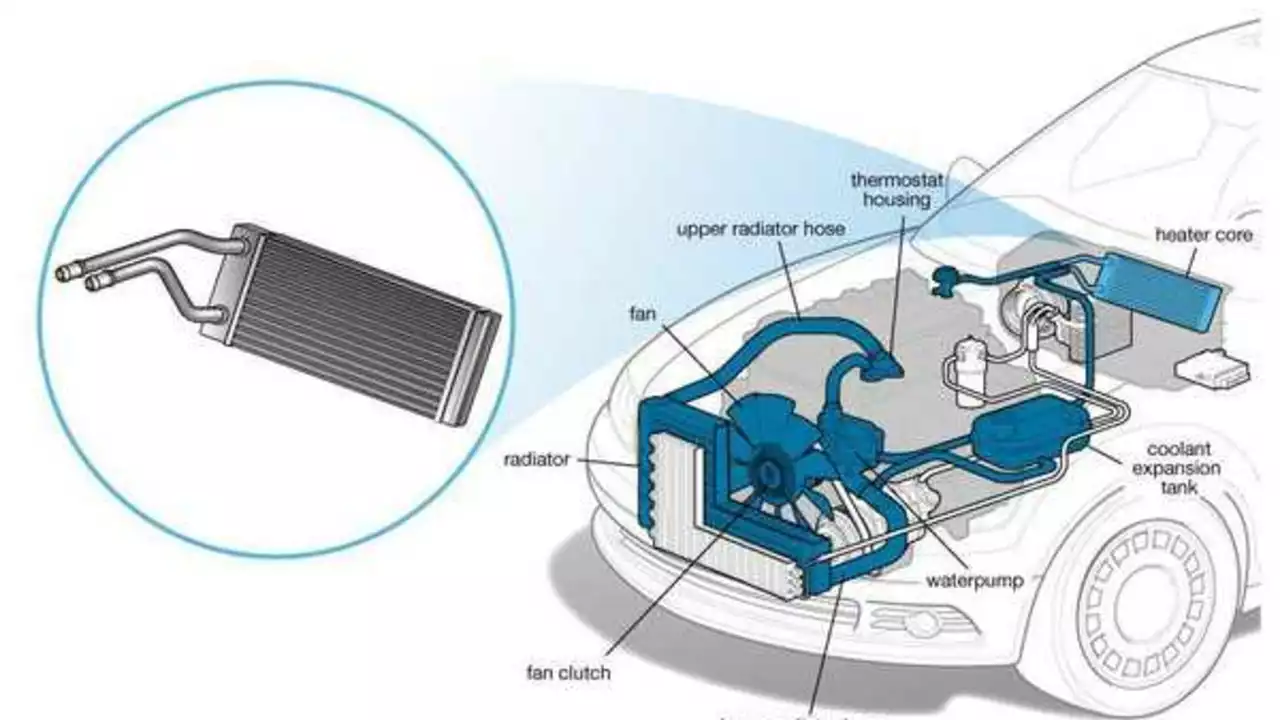Bottom Radiator Hose – What It Does and How to Keep It Healthy
The bottom radiator hose is the thick rubber link that carries hot coolant from your engine to the radiator. It sits low under the car, so you might not see it every day, but when it fails, the engine can overheat fast. Understanding its role helps you catch problems early and saves you from expensive repairs.
Coolant travels through the bottom hose after leaving the engine block. The hose’s job is to stay flexible in hot conditions and resist pressure from the cooling system. If the hose cracks, bulges, or leaks, you’ll notice steam, a sweet smell, or a drop in coolant level. Those signs mean you need to act quick.
When to Replace Your Bottom Radiator Hose
Even the best rubber ages. Look for these clues: visible cracks, soft spots, or swelling. If you see coolant drips under the car, that’s a red flag. Also, check the hose’s clamps – loose or corroded clamps can cause leaks even if the hose itself looks ok.
Age matters too. Most manufacturers recommend swapping the bottom hose every 4‑5 years, or every 60,000‑80,000 miles, whichever comes first. If you run your car in extreme heat or tow heavy loads, you might need to replace it sooner.Don’t wait for a complete failure. A small leak can turn into a blown hose, which can cause the engine to seize. A proactive replacement keeps the cooling system working smoothly.
Step‑by‑Step Replacement Tips
Got the right hose? Choose one that matches the original diameter, length, and temperature rating. Silicone hoses are flexible and last longer, while reinforced rubber hoses are cheaper but still reliable.
1. Let the engine cool completely – hot coolant can burn you.
2. Locate the bottom hose; it runs from the engine’s lower outlet to the radiator’s lower inlet.
3. Loosen the hose clamps with a screwdriver or socket. Keep a bucket handy to catch any remaining coolant.
4. Twist off the old hose. If it’s stuck, gently pry with a flat tool, but avoid damaging the mounting points.
5. Slide the new hose onto the engine outlet and radiator inlet. Make sure it sits fully on the nipples.
6. Tighten the clamps just enough to stop a leak – over‑tightening can crack the hose.
7. Refill the cooling system with the proper mix of coolant and water, then bleed out any air bubbles by running the engine with the radiator cap off until the thermostat cycles.
After the job, watch the temperature gauge for a few minutes. If the engine stays in the normal range and you don’t see leaks, you’ve done it right.
Regularly inspect the bottom hose during oil changes or tire rotations. A quick visual check can catch problems before they become emergencies. And keep a spare hose in the trunk if you travel long distances – it’s a small investment for peace of mind.
Bottom radiator hose care is simple: watch for wear, replace on schedule, and follow a clear replacement routine. Stay on top of it, and your engine will stay cool, no matter how hard you push it.
How do you remove the bottom radiator hose on a car?
Well folks, ever found yourself on the thrilling treasure hunt of car maintenance, specifically hunting the elusive beast known as the bottom radiator hose? Buckle up, because I'm your Indiana Jones of car tutorials! First things first, you've got to locate the radiator drain plug and let out all that pesky coolant - remember, safety first, don't let your pets anywhere near it! Once the coast is clear, you can pry off those stubborn hose clamps with a pliers or a special hose clamp tool. And voilà, you've mastered the removal of the bottom radiator hose, no sweat! Now who said car maintenance couldn't be a blast?
